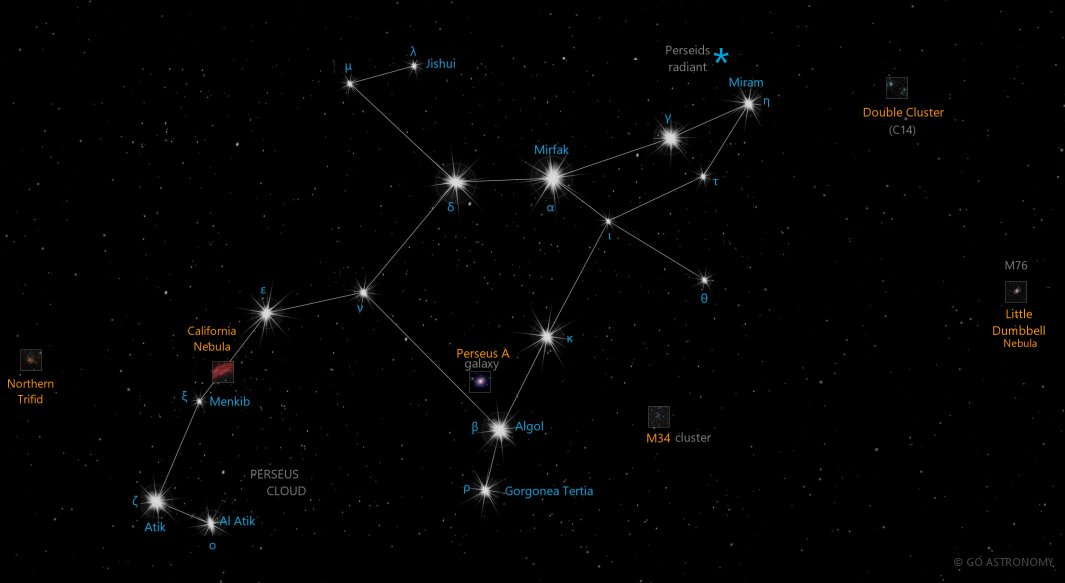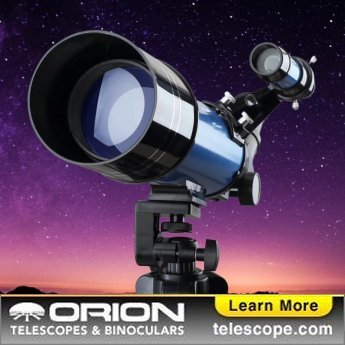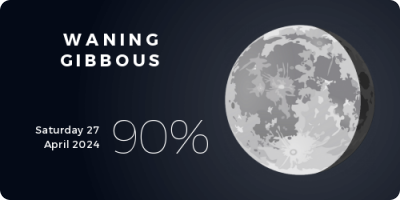Perseus, the Hero (son of Zeus) (Per)
(PER-see-us)
The Northern constellation of Perseus, the Hero (son of Zeus), is best viewed in Winter during the month of December.
Perseus is the 24th largest constellation. It's brightest star is Mirfak at magnitude 1.79. The boundary of the Perseus constellation contains 7 stars that host known exoplanets.
- Pronunciation:
- PER-see-us
- Meaning:
- Hero (son of Zeus)
- Genitive:
- Persei
- Abbreviation:
- Per
- Constellation Family:
- Perseus
- Hemisphere:
- Northern
- Quadrant:
- NQ1
- Visibility:
- 90° N - 35° S
- Best viewing month*:
- December
- Area:
- 615 sq. degrees
- Size:
- 24th largest
- Right Ascension (avg):
- 3h 31m
- Declination (avg):
- 44°
- Meteor showers:
- Perseids
- Brightest star:
- Mirfak (1.79)
- Stars with planets:
- 7
Brightest Stars in Perseus
The 10 brightest stars in the constellation Perseus by magnitude.
- Star
- Magnitude
- Spectral class
- Alpha Persei (α Per)
- 1.79
- F5Ib
- Beta Persei (β Per)
- 2.09
- B8V
- Zeta Persei (ζ Per)
- 2.84
- B1Ib
- Epsilon Persei (ε Per)
- 2.9
- B0.5V
- Gamma Persei A (γ Per A)
- 2.91
- G8III+
- Gamma Persei B (γ Per B)
- 3
- Delta Persei (δ Per)
- 3.01
- B5III SB
- Rho Persei (ρ Per)
- 3.32
- M3IIIvar
- Eta Persei (η Per)
- 3.77
- K3Ib comp SB
- Nu Persei (ν Per)
- 3.77
- F5IIvar
Double Stars in Perseus
These are the brightest and easiest-to-find double, triple, and quadruple star systems in the constellation Perseus. Also see all star clusters.
- Star system
- Magnitudes
- Type
- Eta Persei
- 3.8, 8.5
- double
- Struve 331
- 5.2, 6.2
- double
Star Clusters in Perseus
The most notable and easy-to-find star clusters in the constellation Perseus . Also see all star clusters.
- Star cluster
- Catalog #
- Cluster type
- Alpha Persei Cluster
- open
- Double Cluster
- C14
- open
- IC 348
- open
- Messier 34
- M34
- open
Nebulae in Perseus
Notable and easy-to-find nebulae in the constellation Perseus . Also see all nebulae.
- Nebula name
- Catalog #
- Nebula type
- California Nebula
- emission
- Little Dumbbell Nebula
- M76
- planetary
- Northern Trifid Nebula
- H II region
- Perseus Cloud
- molecular cloud
Galaxies in Perseus
The most notable galaxies in the constellation Perseus. Also see all galaxies.
Neutron Stars in Perseus
These are the most well-known neutron stars in the constellation Perseus. Although neutron stars cannot be seen in any amateur telescope, they are at the center of many supernova remnant nebulae, which can be seen. Also see all neutron stars.
Black Holes in Perseus
These are the most well-known smaller (non-supermassive) black holes in the constellation Perseus. Although black holes cannot be seen directly, the smaller ones are at the center of some star clusters and supernova remnant nebulae, which can be seen. Supermassive black holes are at the center of most galaxies, such as Sagittarius A* at the center of our Milky Way galaxy. Also see all black holes.
- Black hole
- Type
- GRO J0422+32
- stellar
The Hero of the Night Sky
Perseus is a prominent constellation in the northern hemisphere. Named after the Greek hero Perseus, it is known for its significant historical and astronomical interest. Its mythological links and varied celestial objects make it a point of interest for both astronomers and stargazers alike.
Historical Overview
Perseus is one of the 48 constellations listed by the Greek astronomer Ptolemy in the 2nd century, and it remains one of the 88 modern constellations recognized by the International Astronomical Union (IAU). In Greek mythology, Perseus was the son of Zeus and Dana? and was known for killing the Gorgon Medusa.
Location and Main Features
Perseus is located in the first quadrant of the Northern Hemisphere (NQ1), and it can be seen at latitudes between +90? and -35?. It's bordered by Andromeda to the south and west, Cassiopeia to the north, and Taurus to the east. Covering an area of 615 square degrees, Perseus is the 24th largest constellation in the night sky.
Main Stars in Perseus
The brightest star in the constellation is Mirfak (also known as Alpha Persei), which is a supergiant of spectral type F5 Ib. With an apparent magnitude of 1.79, Mirfak is easily visible to the naked eye. The constellation is also home to Algol (Beta Persei), a multiple star system famous for its notable brightness variations. Known as the "Demon Star," Algol represents the head of the Gorgon Medusa in mythology.
Deep Sky Objects
Perseus is rich in deep sky objects, which includes the famous Perseus Cluster (Abell 426), a massive galaxy cluster located about 240 million light-years away. This cluster is a strong source of X-rays and is an important subject for extragalactic astronomy. The constellation is also home to the Double Cluster (NGC 869 and NGC 884), a pair of open clusters that are a treat for observers using binoculars or small telescopes.
Meteoric Display: The Perseids
One of the most famous annual meteor showers, the Perseids, is named after Perseus because the meteors seem to originate from the direction of the constellation. These meteors are remnants of the comet Swift-Tuttle and put on a dazzling display, typically peaking around mid-August.
Observation
Perseus is most easily observed during the late autumn and early winter months in the Northern Hemisphere. Both the brightest stars, Mirfak and Algol, can be spotted with the naked eye. To observe the deep sky objects, however, a telescope or a pair of binoculars is required.
* Constellation shown for northen hemisphere skies. For the southern hemisphere, constellations appear rotated 180 degrees (upside-down and left-right reversed) from what is shown. Remember that seasons are reversed too - summer in northern latitudes is winter in southern latitudes.
** Circumpolar constellations are visible year-round in the hemisphere listed (and not at all in the opposite hemisphere).





